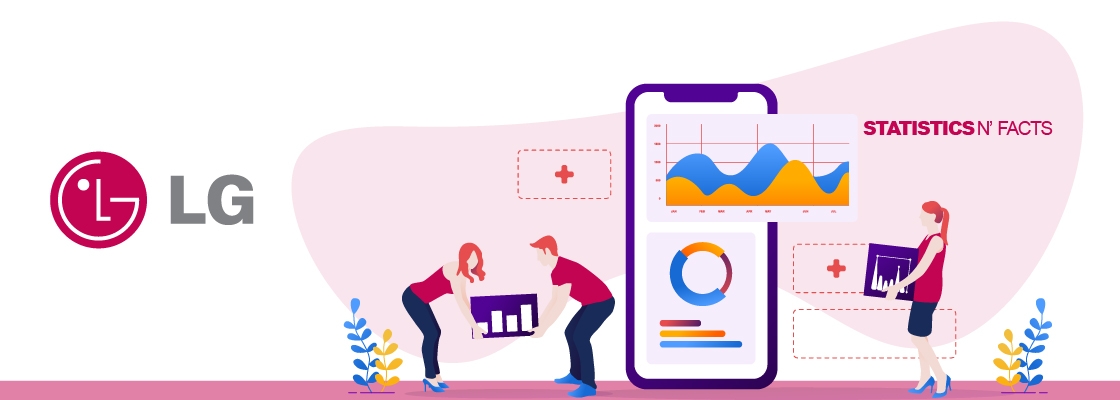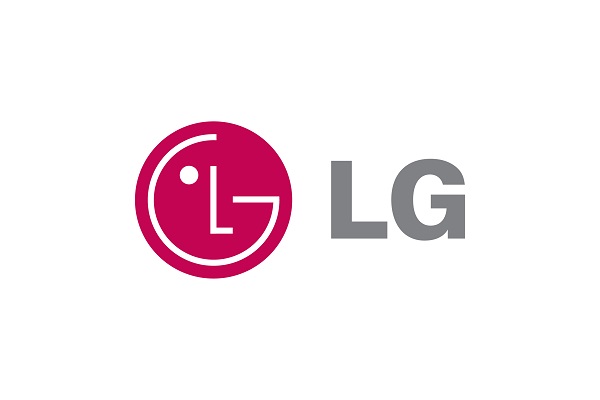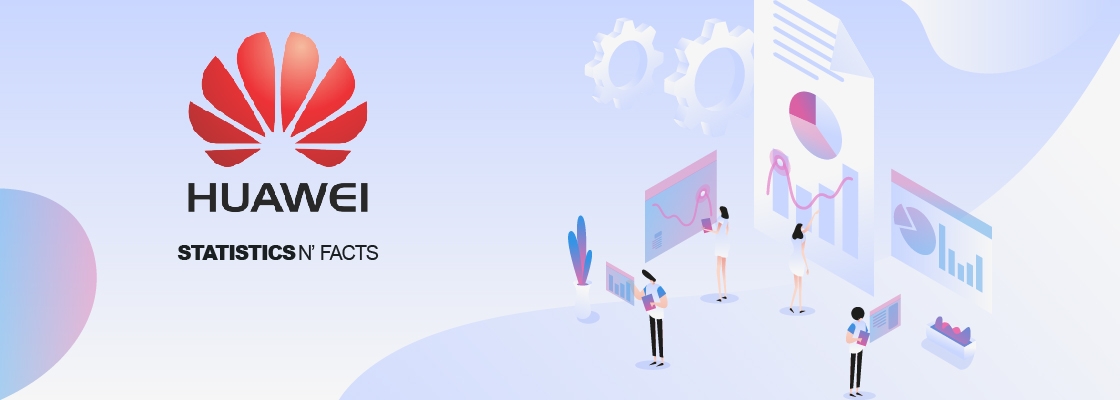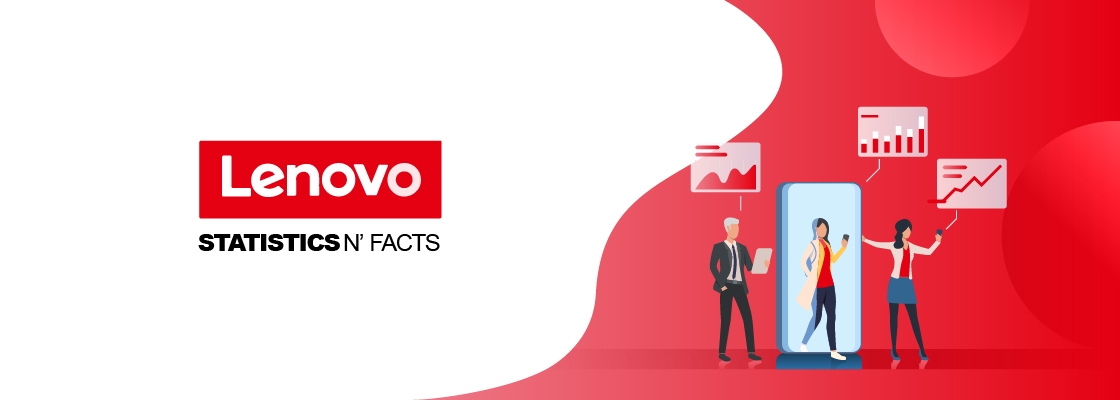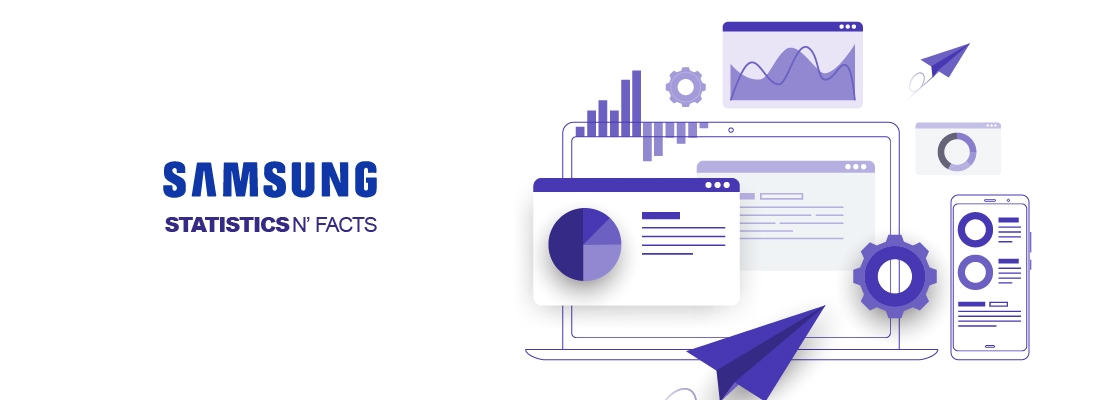LG Corp. is a holding company engaged in electronics, chemicals, and communications and services businesses globally. Under the electronics segment, the company offers home entertainment products, home appliances, and air solutions, vehicle components, mobile communications products, B2B products, automobile, TV, mobile, IT, and commercial display products, as well as camera modules, OLED lighting, tape substrates, photomasks, and fabless semiconductors.
Under the chemicals and communication and services segment, the company offers battery, electronics, and petrochemical industry materials, cosmetics, automobile material parts, architectural decorative materials, and other high-functional materials, telecommunications services, and marketing & advertising services. In addition, the company offers IT solutions and services, including strategic consulting, customized system development, and IT service outsourcing, space solutions in construction, leisure, countermeasure preparation, economic analysis, professional sports management services, industrial research, and corporate management consulting services, as well as imports and exports of household and textile goods.
The company operates through 14 subsidiaries which include: LG Electronics Inc., LG Fuel Cell Systems Korea Inc., Silicon Works Co., Ltd., LG Chem, Ltd., LG Household & Health Care, Ltd., LG Hausys, Ltd., LG MMA Corp., LG Uplus Corp., GIIR Inc., LG INTERNATIONAL CORP., LG CNS Co., Ltd., SERVEONE Co., Ltd., LG Management Development Institute, and LG Sports.
The company has 43 sub-subsidiaries that include: LG Display Co., Ltd., LG Innotek Co., Ltd., Hi Plaza Inc., Hi-M Solutek Co., Ltd., Hi Teleservice Inc., Ace R&A Co., Ltd., Hi Entech Co., Ltd., LG-Hitachi Water Solutions Co., Ltd., Hanuri Co., Ltd., SEETEC Co., Ltd., Haengboknuri Co., Ltd., FarmHannong Co., Ltd., Sarangnuri, Coca-Cola Beverage Company, HAI TAI HTB Co., Ltd., TheFaceShop Co., Ltd., Clean Soul Ltd., CNP Cosmetics Co., Ltd., K&I Co., Ltd., Zenisce Co., Ltd., Balkeunnuri. Co., Ltd., LG Farouk Co., MiGenstory Co., Ltd., LG Tostem BM Co., Ltd., Hausys Eng Co., Ltd., CS Leader Co., Ltd., AIN Tele Service Co., Ltd., Medialog Corp., Dacom Crossing Co., Ltd., CS One Partner Co., Ltd., WithU Corporation Co., Ltd., HS Ad Co., Ltd., L. Best Co., Ltd., Global Dynasty Natural Resource Private Equity Fund, Sal de Vida Korea Corporation, Pantos Logistics Co., Ltd., DANGJIN TANK TERMINAL, LG N-Sys Inc., BizTech Partners Co., Ltd., Korea Elecom Co., Ltd., Haengbokmaru Co., Ltd., Konjiam Yewon Co., Ltd., miraeM Co., Ltd.
The company has seven great sub-subsidiaries including Nanumnuri Co., Ltd., Innowith Co., Ltd., Sesil Co., Ltd., FarmHwaong Co., Ltd., Hankook Beverage Co., Ltd., Pantos Busan Newport Logistics Center Co., Ltd., and HELISTAR AIR CO., LTD.
Hierarchy of Holding Structure:
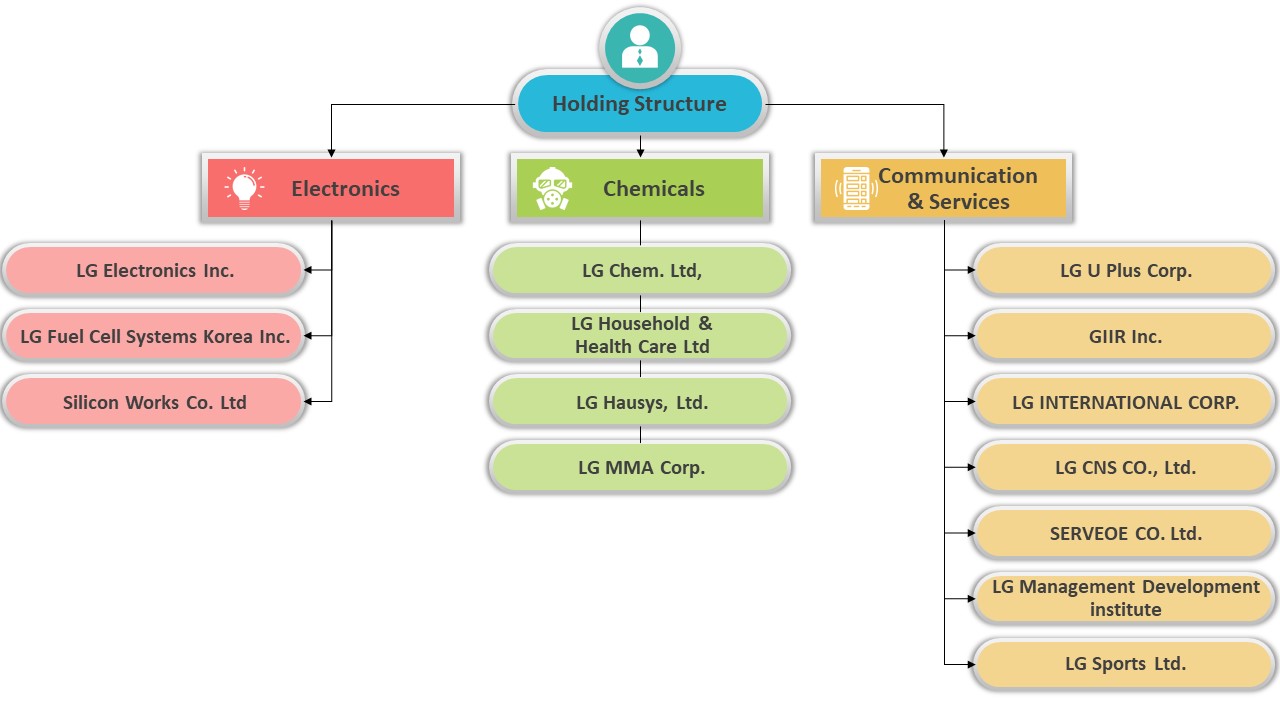
Financial Results in Perspective
In 2018, LG Corp. posted consolidated revenue of KRW 11,945 Billion (i.e., US$ 10.2 Billion), which was an increase of 0.9% from the previous year, and an operating profit of KRW 1,964 Billion (i.e., US$ 1.7 Billion).
History:
- 1947: LuckyChemical Co., Ltd. was established. In addition, Korea’s first cosmetic product “Lucky Cream” was produced.
- 1948: LuckyChemical Co., Ltd. established the first cosmetics laboratory in Changsin-dong, Seoul
- 1951: The company acquired Chosun Alumite Industrial Co.
- 1952: LuckyChemical Co., Ltd. produced Korea’s first plastic combs and soap cases under the Oriental trademark
- 1953: Lucky Industry (which is now known as LG International) was established
- 1954: LuckyChemical Co., Ltd. factory was opened in Yeonji-dong, Busan
- 1955: LuckyChemical Co., Ltd. started production and sold toothpaste with registered trademarks, Lucky Toothpaste and Lucky
- 1956: LuckyChemical Co., Ltd. produced the first PVC pipe in Korea
- 1957: LuckyChemical Co., Ltd. developed vinyl floor covering
- 1958: Goldstar Co., Ltd. (which is now known as LG Electronics) was established
- 1959: LuckyOil and Fat Co., Ltd. was established. In addition, Bando Corp. signed a distribution contract with Union Carbide International in the USA and Formosa Plastics in China, to supply various chemical products and synthetic resin raw materials to the domestic market. In the same year, Goldstar Co., Ltd. produced the first Korean radio, A-501, bearing its trademark, Goldstar.
- 1960: Goldstar Co., Ltd. produced 6-transistor radios, 4-tube radios, and 12-inch fans for the first time in Korea. In addition, LuckyOil and Fat Co., Ltd. started production of cosmetic and laundry soap, including “Rainbow, Croba, and Venus”.
- 1961: Goldstar Co., Ltd. produced the first automatic telephone in Korea
- 1962: Goldstar Co., Ltd. entered into a contract with Fuhrmeister in West Germany, to build a manufacturing facility for the cumulative watt-hour meters on the provision of a loan
- 1963: Goldstar Co., Ltd. produced Korea’s first cumulative electricity meter
- 1964: Goldstar Co., Ltd. opened the General Electronic Electricity Plant in Oncheon-dong. Additionally, Goldstar Co., Ltd. produced EMD-type automatic telephone exchangers for the first time in Korea.
- 1965: Goldstar Co., Ltd. produced the first domestic refrigerator
- 1966: LuckyChemical Co., Ltd. merged with LuckyVinyl Co., Ltd., and Goldstar Co., Ltd. merged with Korea Cable Industry Co., Ltd. The same year, Goldstar Co., Ltd. produced the first 19” black and white TV in Korea.
- 1967: Goldstar Co., Ltd. produced the first FM/AM radios and room air-conditioners in Korea; whereas, LuckyOil and Fat Co., Ltd. developed and produced “Avon”, which was a liquid dishwashing detergent, and “Cream Shampoo”, which was the first Korean shampoo.
- 1968: LuckyChemical Co., Ltd. merged with LuckyOil and Fat Co., Ltd.
- 1969: Goldstar Co., Ltd. developed elevators, escalators, pumps, and washing machines for the first time in Korea. In addition, Goldstar Telecommunication was established.
- 1970: Goldstar Co., Ltd. developed and produced the first Korean cassette recorder
- 1972: Goldstar Co., Ltd. received the “Promotion Tower Award in the Precision Industry”
- 1974: LuckyChemical Co., Ltd. was renamed Lucky Co., Ltd.
- 1976: Goldstar Precision Industry was established. Lucky Co., Ltd. produced the first plastic windows and doors – Hi Chassis – in Korea
- 1977: Goldstar Co., Ltd. started mass production of 19” color TVs
- 1978: Lucky Petrochemical Co., Ltd was established
- 1979: Lucky Group’s logo was created
- 1981: Goldstar Co., Ltd. developed the first electronic Video Cassette Recorder (VCR) and domestic mini-computers in Korea
- 1982: Goldstar Co., Ltd. developed the first color video camera and projection TV in Korea
- 1983: Lucky Group was renamed Lucky Goldstar Group
- 1984: The logo of Lucky Goldstar Group was changed. The same year, Bando Corp. was renamed Lucky Goldstar International Corp. In addition, Goldstar Semiconductor developed the first 8-bit microprocessor in Korea.
- 1985: Goldstar Software Co., Ltd. was established
- 1986: Lucky Economic Research Institute (now known as LG Economic Research Institute) was established
- 1987: STM Co., Ltd. (now known as LG CNS) was established and Lucky Goldstar Twin Towers (now known as LG Twin Towers) was constructed
- 1988: LG Ad was selected as a finalist of the New York Festivals International Advertising (TV category)
- 1990: “Creating Values for Customers” and “People-oriented Management” were adopted as management concepts
- 1992: Goldstar Co., Ltd. completed construction of the Ireland Design Lab
- 1993: First Korean growth hormone “Utrophin” was developed and commercialized
- 1995: Lucky Goldstar Group was renamed LG. Also, LG Electronics acquired Zenith Corporation, which is America’s largest home appliance company.
- 1996: LG Telecom (now known as LG U+) was established
- 1997: LG Chem opened Yeocheon Petrochemical Plant and established LG Evergreen Foundation
- 1999: LG Philips LCD (now known as LG Display) was established by LG LCD and Philips. In addition, LG Electronics developed the world’s thinnest PDP.
- 2000: LG Art Center opened
- 2001: LG Chem was divided into three companies: LGCI, LG Chem, and LG Household & Health Care
- 2002: LG Philips LCD launched the world’s first fifth-generation TFT-LCD production line. The same year, LG Life Sciences was established.
- 2003: LG Life Sciences’ “Factive” was marked as the first Korean drug approved by the US FDA. Additionally, LG Philips LCD developed the world’s first 55-inch HDTV LCD. LG Cable, LG Nikko Copper Smelting, LG Caltex Gas, Kukdong City Gas, and LG Industrial Systems were reorganized into separate entities the same year.
- 2004: LG CNS developed a new transportation card system in Seoul
- 2005: LG Innotek developed the world’s smallest 6.4 mm camera module for mobile phones
- 2006: LG Philips LCD developed the world’s largest 100” LCD and installed a 7th-generation production line in Paju. The same year, LG Innotek developed two types of the world’s smallest terrestrial DMB modules.
- 2007: LG Philips LCD developed Color Flexible, which is the world’s first electronic paper. The same year, LG Solar Energy was established.
- 2008: LG Telecom launched “OZ” 3G data services. LG Solar Energy opened a solar power plant in Taean.
- 2009: LG Chem supplied batteries to GM for the world’s first electric cars. LG Hausys was separated from LG Chem and launched independently. Also, LG Innotek merged with LG Micron.
- 2010: LG Electronics exported 3D TVs for the first time in Korea, and LG Chem opened an electric vehicle battery factory and provided electric batteries to Ford as a sole supplier. In addition, LG Electronics launched a water treatment business.
- 2011: LG Chem opened the Ochang Plant to produce electric car batteries and signed a joint venture contract to build a large-scale petrochemical production base in Kazakhstan. In addition, LG U+ launched the 4G LTE commercial service.
- 2012: LG Hausys opened the largest domestic Low-E glass factory and LG International opened a palm oil plant in Indonesia.
- 2013: LG CNS opened “LG CNS Busan Global Cloud Data Center”, which is the largest data center in Korea, and LG Electronics opened the “LG Electronics Incheon Campus”, which is an R&D center for vehicle components. In addition, LG Chem developed three types of future batteries (stepped battery, curved battery, and cable battery).
- 2014: LG U+ launched the broadband LTE-A service through the nationwide network. In the same year, LG Display developed the world’s first flexible and transparent OLEDs.
- 2015: LG Electronics released Tromm Twin Wash
- 2016: LG Chem supplied lithium-ion batteries for NASA space suits
- 2017: LG Chem was merged with LG Life Sciences. The company released Zemirou, the first compound drug in Korea. In addition, LG Electronics launched “LG Signature OLED TV W” Type 77 whereas LG Innotek developed a UV-C LED with the world’s highest output.
- 2018: LG Display developed the world’s first 88-inch 8K OLED display. LG Electronics acquired ZKW, which is a global premium headlamp company.
LG Corp. Facts:
- The acronym of LG has derived from the earlier title of the company “Lucky GoldStar”. Also, the alphabet letters “L” and “G” in a circle symbolize the future, world, humanity, youth, and technology. The company’s logo LG is associated with the tagline “Life’s Good”.
- The company released a line of mobile phones with stronger curves after using a banana as inspiration. These phones were easy to hold in hand and against the cheek.
- LG Electronics controls over 118 local subsidiaries worldwide, with roughly 75,000 executives and employees
- Since 2009, the LG company has reached and maintained the prestigious title of the number three mobile phone manufacturer in the world
LG Corp. Achievements:
- In April 2017, LG Chem was selected as the 2017 World’s Best ESS company in North America
- In January 2017, LG Art Center won 1st place in the Korea Service Quality Index (KS-SQI) for 10 consecutive years
- In November 2016, LG Display won the “2016 Korea Technology Award”
- In April 2016, “Eupenta”, made by LG Life Sciences, won WHO PQ approval as Korea’s first pentavalent vaccine
- In March 2016, LG Electronics released “LG Signature”, super-premium household appliances, in Korea
- In December 2015, LG won the grand award at “2015 Korea Creative Economy Awards”
- In December 2015, LG Innotek was ranked first in the world in sales of its camera modules for four consecutive years
- In December 2015, LG Electronics’ Tromm Washer was ranked No. 1 in US sales for nine consecutive years
- In March 2015, LG Chem achieved the No.1 market share in China, the world’s largest polarizer market
- In November 2014, LG Display was ranked first in the world for its UHD TV panel
- In August 2014, LG Household & Health Care’s “Whoo” brand was ranked first in sales in domestic duty-free shops for the first time
- In July 2012, LG Life Sciences’ “Zemigulo” won KFDA approval for diabetes treatment
- In February 2012, LG Chem was selected as the world’s best electric car battery company
- In October 2008, LG Chem won the grand prize at the “Global Green Management Excellence Awards”
- In August 2007, LG Electronics won the European EISA Awards in three categories
- In April 2007, LG Electronics won the “People’s Brand”, Russia’s most prestigious product award
- In January 2005, LG Electronics’ Whisen Air Conditioner was ranked No. 1 in the world for five consecutive years
- In October 2004, LG Household & Health Care’s “Bamboo Salt Toothpaste” won the award for “Best Korean Toothpaste” in People’s Daily of China
- In June 2004, LG Electronics was selected as “World’s Best IT Company” by Business Week
LG Corp. Vision:
Philosophy
- LG Corp. aims to create the values needed by society through constant interaction
- LG Corp. continues to actively play the roles needed to create a future society that is healthy and sustainable
Goal
- LG Corp. will positively impact the world in the process of promoting its corporate business management by:
- Nourishment of partner companies
- Customer satisfaction
- New energy reduction technology
- Greenhouse gas reduction technology
- Eco-friendly products and services
Strategies
- Strengthened Ethical Standards
- Activities for the maintenance of ethics, labor rights, human rights, healthy partnerships, safety, and the environment, as expected of all companies around the world
- LG Corp. Social Contributions
- Social contribution activities are differentiated to promote social changes utilizing the unique strengths of LG
- Business Creation Related to Social/Environmental Issues
- Strategic approaches and activities by LG businesses to resolve social and environmental issues


